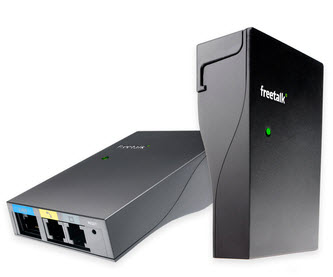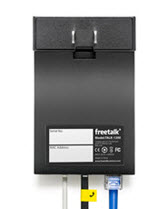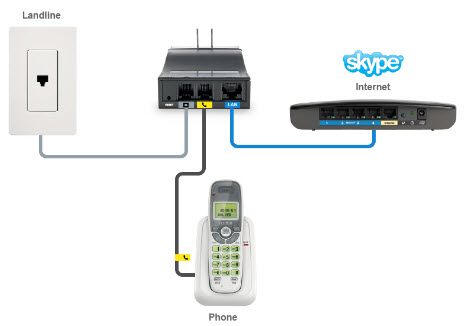The merger will create the world's largest maker of small panels used in smartphones and tablet PCs, leapfrogging global leaders Sharp Corp of
Japan and Samsung Electronics of South Korea.
The move would help the firms focus on their main operations. However, the 90-percent government-owned fund could come under fire for using public money to prop up a volatile business in its biggest investment to date.
The Innovation Network Corp of Japan (INCJ) will invest about 200 billion yen ($2.6 billion) in the merged unit, taking a 70 percent stake. Sony, Toshiba and Hitachi will each take a 10 percent stake, the three firms said on Wednesday.
They aim to complete the merger by the spring of 2012. A shakeup has been long overdue because falling panel prices and advances in technology have placed ever increasing demands on producers.
The three firms together controlled 21.5 percent of the market for small and medium-sized displays last year, larger than Sharp with 14.8 percent or Samsung Mobile with 11.9 percent, research firm DisplaySearch estimates.
All three had hesitated about investing in a new line to compete against Sharp, which is due to receive a $1 billion investment from Apple Inc, or South Korean rivals LG Display and Samsung Mobile Display, which have supply agreements with key clients.
Sony has been weighed down by chronic losses in its TVs, Toshiba is speeding up plans to shrink its chip business, while Hitachi has been looking to distance itself from the volatile panel business to focus on infrastructure operations.
"Sharp is especially aggressive, and those who don't have a strong customer base may struggle, given that only a handful of smartphone and tablet makers are doing well," said Nam Dae-jong, an analyst at HI Investment & Securities.
With more panel makers shifting focus to small-sized
markets to meet demand from smartphone and tablet PC makers, he and other analysts predicted the industry would be oversupplied next year.
"It's not a business that will likely provide stable profits in the mid- to long term," said Shigeo Sugawara, a senior investment manager at Sompo Japan NipponKoa Asset Management.
The INCJ is supervised by Japan's trade ministry, which had been criticized for not supporting Japan's chip and display industries in the early 1990s, a failure critics say allowed U.S. and South Korean firms to take the lead.
"The decision reflects a growing sense of crisis in Japan in light of its falling market share in the global chip and display markets," said a South Korean government official, who declined to be named.
How the three firms, which use two different types of display technology, will merge operations is unclear. The announcement did not include details of how they intended to
deal with business overlaps either.
"The parent companies have found a most convenient buyer for their factories and staff," said Yoshihisa Toyosaki, head of Japanese research firm and consultancy Architect Grand Design.
"The assets of the merged entity will be huge. Without restructuring, there is no way that this company will win against Sharp, or rivals from South Korea, Taiwan, and eventually
China."
Past investments by the INCJ, which can invest up to 900 billion yen with mostly government-guaranteed funds, includes a 40 percent stake in Swiss meter maker Landis+Gyr to support Toshiba's $2.3 billion acquisition.
The new display company will focus on developing next-generation displays, including thinner organic light-emitting diode displays with higher resolution, the three firms said.
Hitachi has been in separate talks with Taiwan's Hon Hai Precision Industry, better known as Foxconn Electronics Inc, about a joint venture in LCD panels, sources have said.
Talks with the parent of Chimei Innolux Corp broke down when Hitachi failed to grab a key contract with Apple, an industry source said.
Ahead of the announcement, well-flagged by media, shares in Sony closed down 1.8 percent, Toshiba fell 2.4 percent and Hitachi rose 0.5 percent. The market benchmark
Nikkei average ended flat.
($1 = 76.735 Japanese Yen)







 Kai-Fu Lee, the former head of Google China, has just finished a $180 million fund-raise for
Kai-Fu Lee, the former head of Google China, has just finished a $180 million fund-raise for 

